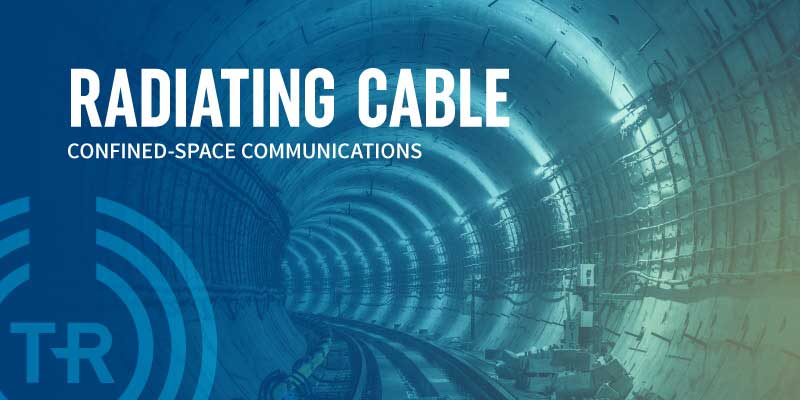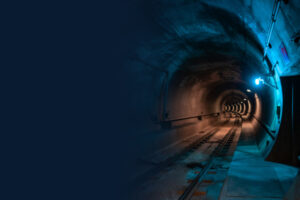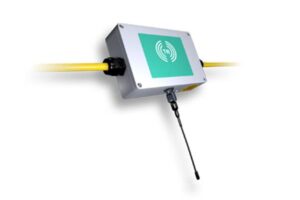In hard-to-reach environments like mines, dams, and railroads, clear and reliable communication is key. Not only for efficiency and productivity—though these certainly get a boost when teams are well-connected—but for worker safety as well.
In the days before radio communication, mine workers used bell or whistle signaling systems to convey basic messages. With the introduction of the telephone in the early 20th century, mines and other confined-space environments used ruggedized, hard-wired telephones installed in key areas.
A century and many technological innovations later, underground communication continues to be a challenge for workers in underground and remote environments. Hard-wired phone systems like the one described above are still used today, and while they are reliable, their fixed locations make them inconvenient for workers spread across great distances. For one, there won’t always be someone immediately present at the other end of the line. Furthermore, workers may need to walk several minutes to reach a phone—which may be impossible or take up valuable time during an emergency, when every second counts.
Other systems use wireless hotspots to boost radio signals. These are far more portable but are prone to “dead spots” in coverage, since enclosed spaces by nature block radio signals. This makes them more convenient than their hard-wired counterparts, but much less reliable, especially in emergency situations.
The best of both worlds: Radiating coax (leaky feeder) systems
Radiating coaxial cable systems—also known as “leaky feeder” systems—are a hybrid communication system that employs both wired and wireless features. In doing so, leaky feeder systems provide reliable, full-coverage, and portable two-way radio communication for confined-space environments.
The leaky feeder cable is designed to “leak” radio signals from the entire length of the cable, similar to how sprinkler hoses work. The coaxial cable becomes the backbone of the system throughout the worksite, with amplifiers installed in key locations to boost RF signal strength to support additional runs of cable. With this system in place, workers can communicate with each other using radios and walkie-talkies from anywhere, at any time.
In this way, leaky feeder systems solve the challenge of confined-space communications. The hard-wired coaxial cable backbone is easy to install and maintain, and ensures a strong, reliable signal that doesn’t degrade over distance. And because workers can communicate with portable, hand-held radios, teams can remain in constant contact—a critical component of a safe and efficient workspace.
Your partner in underground communications
With more than 35 years of expertise in confined space communications, Tunnel Radio knows firsthand that reliable connectivity and communication isn’t just a matter of convenience—it’s a critical component of worker safety. Specializing in two-way radio communication using radiating coax, Tunnel Radio primarily serves clients in mining, rail and critical infrastructure.
As part of our full-service approach, Tunnel Radio not only designs, engineers and manufactures custom radio communication solutions in the United States, but also provides installation and training services. Because every operation is different our radio solutions are tailor-made to keep teams in touch at all times, under all conditions.
Contact us to learn more and get in touch with our knowledgeable team.





